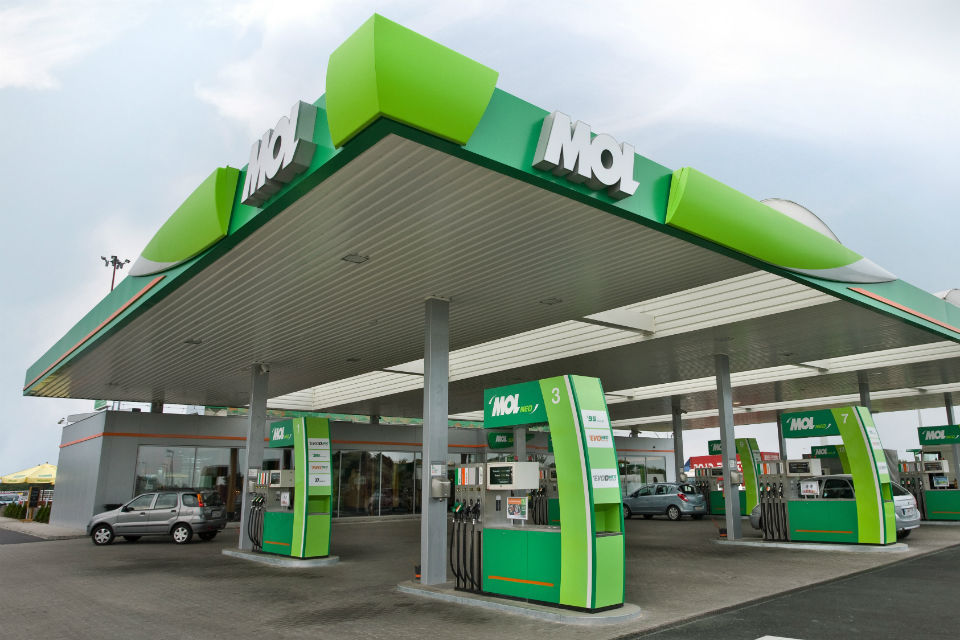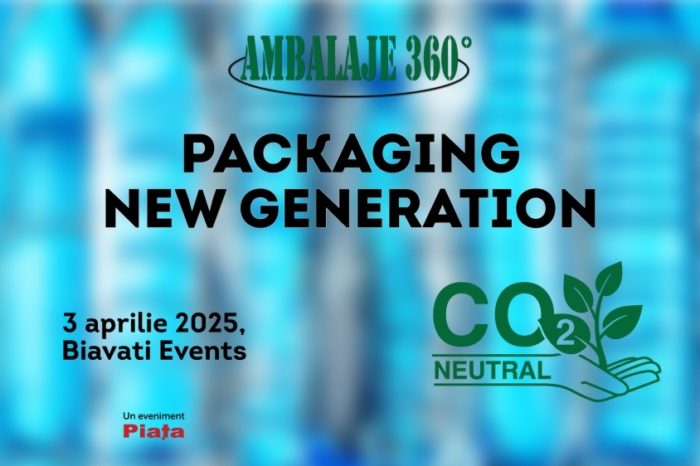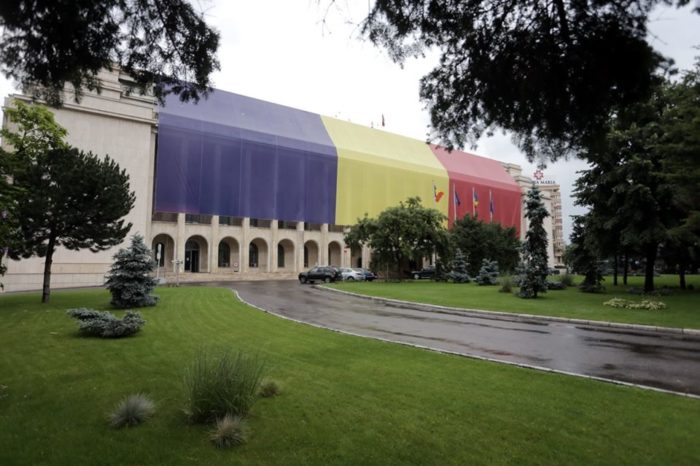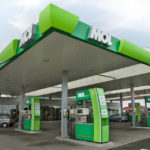MOL Group Q2 result was hit hard by the crisis, free cash flow remained positive

MOL Group announced its financial results for H1 and Q2 2020. In the first six months MOL Group delivered USD 975mn EBITDA while Q2 EBITDA significantly declined compared to last year, due to the pandemic and economic crisis. The 2020 capex guidance of up to USD 1.5bn was confirmed, implying sustained simplified free cash-flow generation in 2020. Despite the challenges, simplified FCF remained positive in Q2 and was almost unchanged in the first six months year-on-year at USD 356mn, as sustain capex was cut back as a reaction to the pandemic and the subsequent economic crisis. A new 2020 EBITDA guidance of USD 1.7-1.9bn was established, reflecting challenging trading conditions likely prevailing in H2.
Chairman-CEO Zsolt Hernádi commented the results: “MOL faced unprecedented challenges in the second quarter of 2020, from significant health and safety risks stemming from the pandemic to major operational issues in running our plants during the lockdown, whilst making sure we preserved our financial strength. While the virus has not been defeated yet, I am proud to say that we have so far successfully tackled these challenges. The bulk majority of our employees are safe and in good health, we ensured a reliable supply to our customers in all of our markets, even at the very depth of the crisis, and we managed to generate a small positive simplified FCF in the quarter. This is a testament to the quality of the people and the agility of our business model in MOL. And this also gives me confidence that we will continue to successfully navigate through even the most difficult periods and emerge as a stronger entity.”
Upstream EBITDA declined to USD 112mn in Q2 and USD 297mn in H1, affected by the collapsing oil and gas prices. Production increased by 6% quarter-on-quarter to 117 thousand boepd, as the contribution of ACG more than offset lower volumes in the UK and Pakistan; average daily hydrocarbon production reached 130 thousand barrels of oil equivalent per day in July. In Q2 2020, MOL as an operator, made a gas and condensate discovery in the TAL Block, Pakistan, where the Mamikhel South-1 exploratory well flowed gas and condensate at a rate of 6,516 boepd upon testing.
Downstream Clean CCS EBITDA declined materially to USD 110mn in Q2, as refinery margins turned negative from mid-May. A very strong Q1 was followed by major operational challenges in Q2 with unprecedented price and margin movements. H1 result looks better, Clean CCS EBITDA amounted to USD 405mn, 0.5 % higher year-on-year. Petchem contribution remained resilient, as both margins and volumes held up reasonably well during the pandemic. The polyol project reached 65% overall completion at the end of Q2. All major prefabricated equipment reached the site and the transportation of all oversize equipment via river/sea have been completed.
Consumer Services were resilient to the crisis, EBITDA remained around flat in local currency terms (-6% in USD-terms at USD 111mn in Q2), despite the total sales volumes declined by nearly 22% year-on-year in Q2 as a result of the region-wide lockdown during the COVID-19 pandemic. Cost savings almost fully compensated the pandemic-related fallout of fuel and non-fuel margins. After the April bottom, fuel consumption was gradually recovering within the quarter and grocery sales even increased compared to the same period last year. The first six months EBITDA resulted in USD 199mn, just couple of percent less than a year ago.
The Gas Midstream segment’s EBITDA almost doubled year-on-year in Q2 to USD 45mn, and reached USD 116mn in the first half-year, due to higher capacity bookings and lower operational expenditure.













